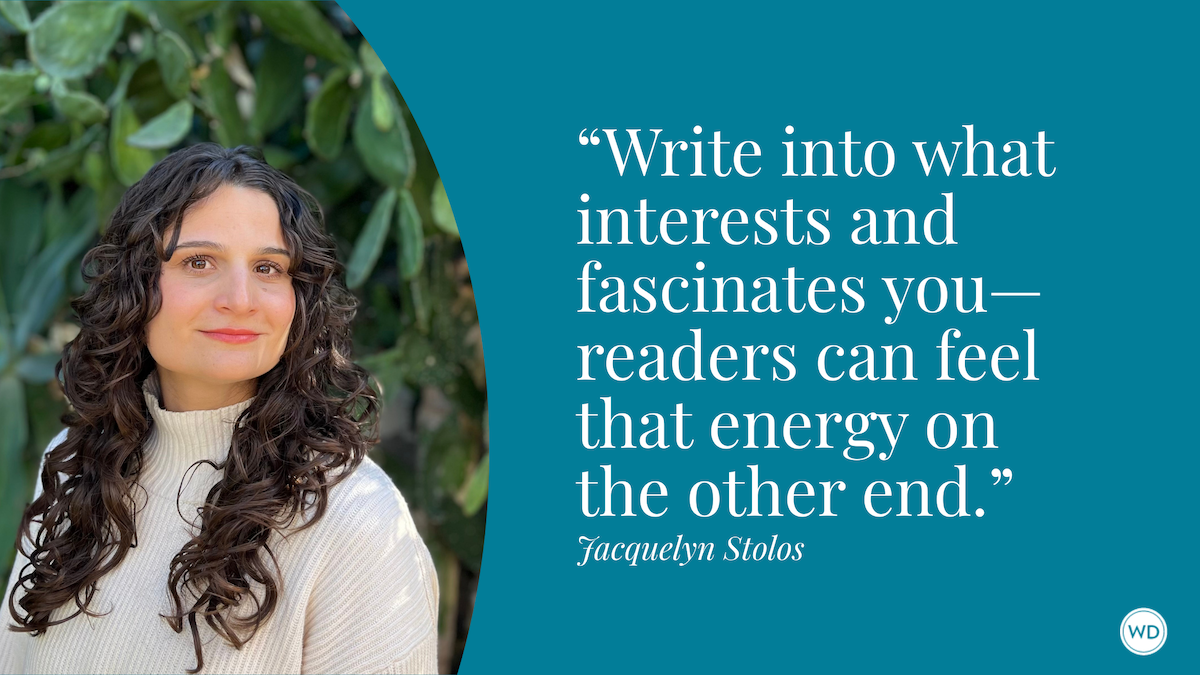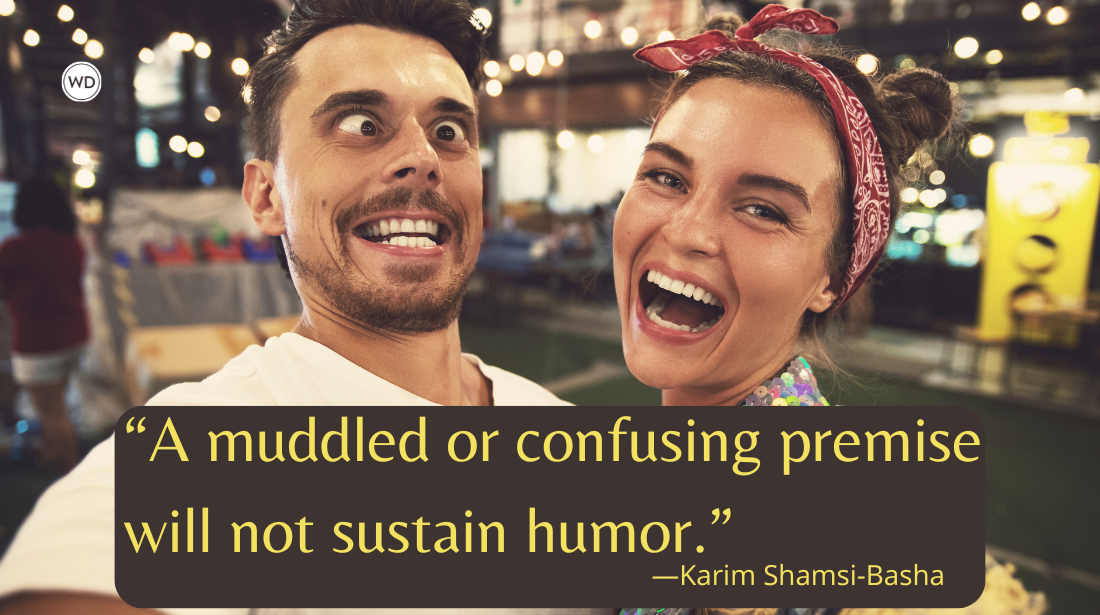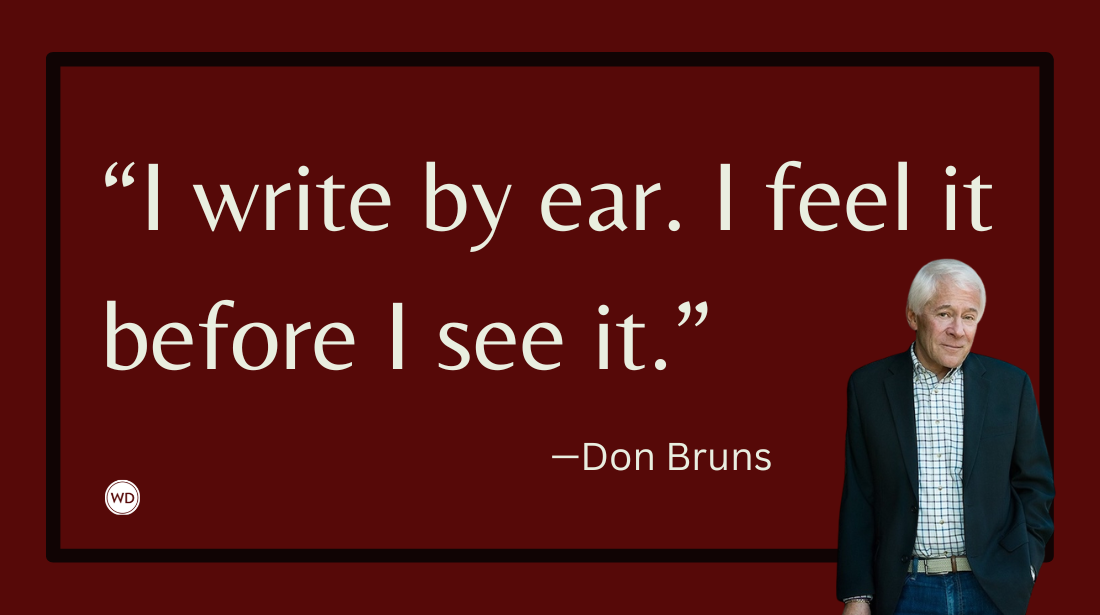Balancing History and Story in Historical Fiction
Author Shelly Sanders shares the historical fiction books that led her to writing her own historical fiction novels, and tips on balancing history and story when pursuing historical fiction.
Growing up in suburban Chicago, an hour from the Wisconsin border, I devoured The Little House on the Prairie books by Laura Ingalls Wilder. These novels, which begin in Wisconsin in the late 1800s, were my introduction to historical fiction. Wilder’s simple yet insightful words gave me a vivid sense of what it was like to grow up in midwest America: “They were cosy and comfortable in their little house made of logs, with the snow drifted around it and the wind crying because it could not get in by the fire.”
Laura was the reason I read and re-read these books. I saw bits of myself in her character, even though I wasn’t even born when she was a girl. Making characters relatable, focusing on events that have the greatest impact on protagonists, and engaging the senses are key to captivating historical fiction that is not weighed down by the past. This is what I kept in mind as I researched, outlined, and wrote Daughters of the Occupation (DOTO).
Create Strong Relatable Characters
Although history anchors the narrative, it’s characters who make the past come alive. How people react to events is crucial to balancing history and story. They have to be compelling, with quirks, flaws, needs, and secrets, and they must resonate with readers. In DOTO, I wanted to show how a young Jewish mother, Miriam, survived the Soviet and Nazi occupations in Latvia. But I was overwhelmed by the prospect of creating a character who’d endured horrific violence 80 years ago.
I shoved my huge pile of notes and reference books aside and focused on Miriam. If she was going to live through pivotal historical events, if she was going to be authentic, I had to know her inside and out. First, I have to admit that Miriam was actually inspired by my Aunt Nucia, a crotchety widow who’d been estranged from her son and grandchildren for decades. Miriam’s manicured fingernails, chain smoking, her habit of watering plants with tea, and her contrariness all came from Nucia.
Once I had a clear image of Miriam, I was able to probe deeper, into her essence—what she wanted, how she interacted with others, good and bad habits, what she was like as a mother and grandmother, and what she regretted. Then, I built a character arc for Miriam that corresponded with the historical narrative. To do this, I merged the major events with Miriam’s emotional transformation over the course of events.
Here’s how I integrated history and fiction:
- I drew a straight line with significant historical events noted.
- I added a bell curve above this line to indicate spots where my protagonist encounters obstacles.
- I compared my character’s journey with the sequence of events, making sure that the internal growth of my character corresponded with the external occurrences.
In DOTO, for instance, the first crucial event is the unexpected Soviet occupation. Obviously, this alone would distress Miriam. Still, I wanted to add tension. By putting Miriam in a car on the way to the hospital about to give birth as Soviet tanks roll into Riga, there is maximum drama. Readers are immediately invested in Miriam, who becomes physically and emotionally traumatized by the Soviet occupation.
IndieBound | Bookshop | Amazon
[WD uses affiliate links.]
For Sarah, in 1970s Chicago, the crucial events—losing her mother, pushing against traditional expectations as a woman in a male-dominated industry, discovering her mother’s past—are more nuanced, but just as important. Because they shape Sarah’s identity. She wouldn’t have even considered traveling to Riga unless she’d been stubborn and bereaved.
By interconnecting the past with a distinctive personality, the reader understands how and why a character reacts to certain events. Decisions and interior thoughts feel more believable, more authentic within the context of history.
Focus on Pivotal Events
If you think about best-selling historical fiction, you’ll see that writers don’t jolt readers from the story with info dumps. Rather, history, plot, and characters are woven seamlessly together. To achieve this synergy in DOTO, I constructed a sequential outline that showed major historical events. This is where you get rid of extraneous facts that bog down the story. You have to be ruthless. You have to ‘kill all your darlings,’ an expression that refers to the elimination of unnecessary words, plots and turns of phrase.
For DOTO, constructing the outline should have been straightforward, with a glut of inciting events—two occupations, the Jewish ghetto, and mass murder. But I kept getting distracted by tangential occurrences. I’d read so many nonfiction accounts, it was hard to wade through my notes and determine what to keep and what to discard.
The journalist side of me demanded total accuracy while the fiction writer side pressed me to pay full attention to my characters. It was an ongoing battle as I completed the first draft. I ended up overwriting, adding far too many historical details that slowed the narrative. Reading it out loud, hearing whole paragraphs that took me out of the story, helped me get rid of extraneous words.
One decision I made early on, was to limit the atrocities. The extent of Nazi brutality was hard to stomach. There were days I had to stop researching or writing because I was struck by headaches and nausea. I wanted to show readers a little-known part of the Holocaust, but I didn’t want to overwhelm people with horrifying details. Sometimes, less really is more.
Engage the Reader’s Senses
One of the things I love most about writing historical fiction is the opportunity to immerse myself in the past. In addition to reading everything I can find about the period, place, and people, I study photos and watch films and documentaries set in the time period, to get a sense of the language, expressions, and gestures.
For DOTO, I found a disturbing yet important documentary on Netflix, Einsatzgruppen, which, translated, means ‘death squads.’ The Nazis were obsessed with filming and taking photos of their gruesome actions, proof of the unimaginable. In Einsatzgruppen, not only is there actual footage of the mass murders in Latvia and elsewhere, the producers interview witnesses, children at the time, now seniors, who describe the sounds, the sight of people marching to their executions, and the helplessness they felt as onlookers.
I was fortunate to travel to Riga twice, where I experienced the sights, sounds, smells, and tastes of the city that became the setting for DOTO. I ate traditional Latvian food, walked the cobblestone streets, visited an actual ghetto house, and talked to people about their experiences living under communism. When I began writing, I was able to describe how kvass tasted, how the trees’ afternoon shadows stretched tall and thin at Rumbula, how voices and footfalls echoed in Soviet buildings.
“Persons appear to us according to the light we throw upon them from our own minds,” said Laura Ingalls Wilder, getting to the heart of her genre: character and creativity. If you understand the importance of remarkable people, set amidst a place and time that come alive through words that evoke the senses, then you are well on your way to writing historical fiction that balances history and story.
Shelly Sanders is the author of Daughters of the Occupation, published by Harper on May 3, 2022. The novel is inspired by her grandmother’s family, many of whom were murdered during the Latvian Holocaust. Shelly is also the author of three Young Adult historical fiction novels (The Rachel Trilogy, Second Story Press); the first received a Starred Review in Booklist, and two of the three were named Notable Books for Teens from the Association of Jewish Libraries. She lives in Toronto, Canada, and is represented by Beverley Slopen (Beverley [AT] slopenagency.ca. Follow Shelly on Twitter and on Instagram.









